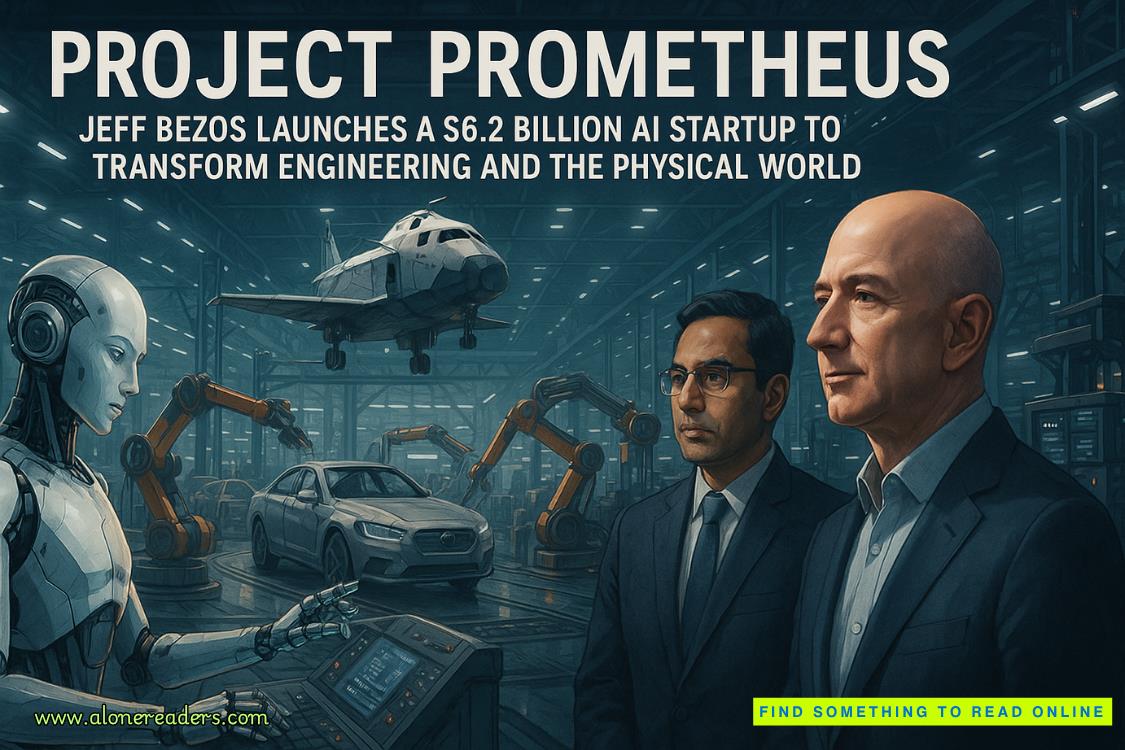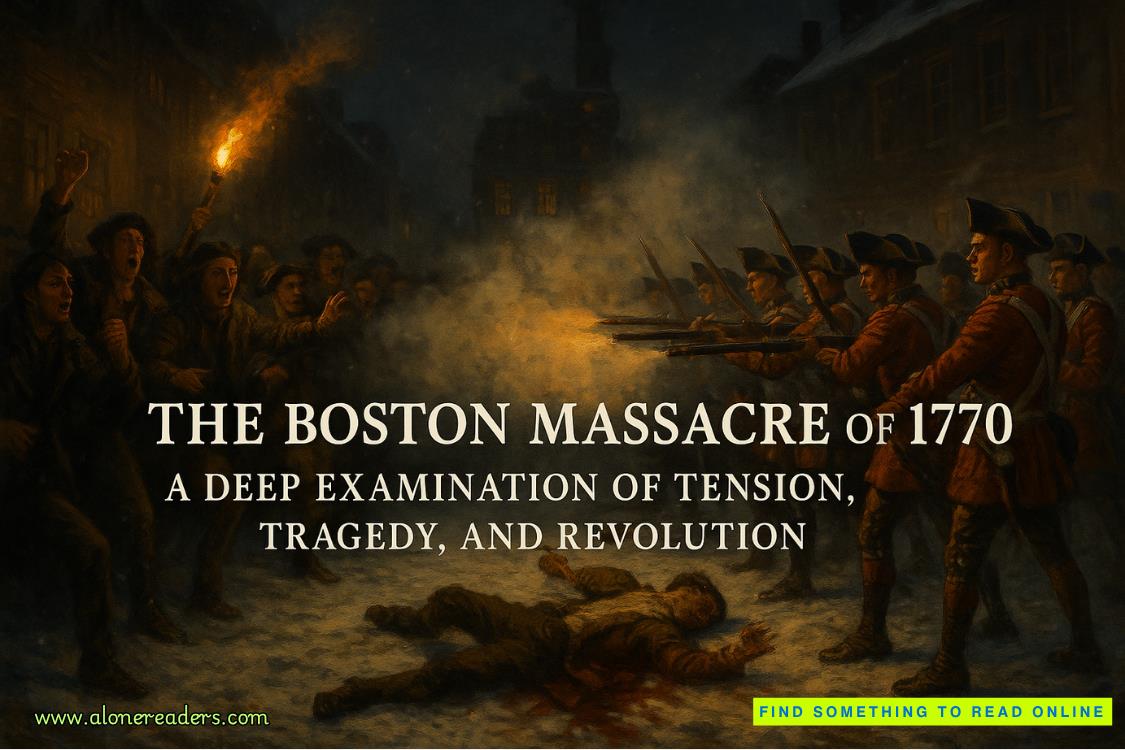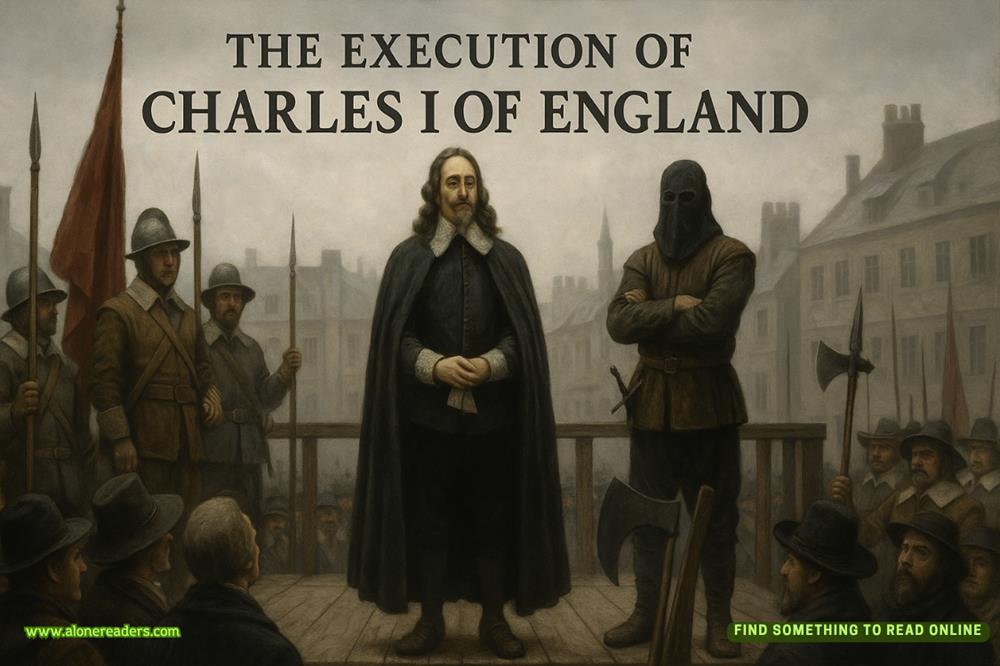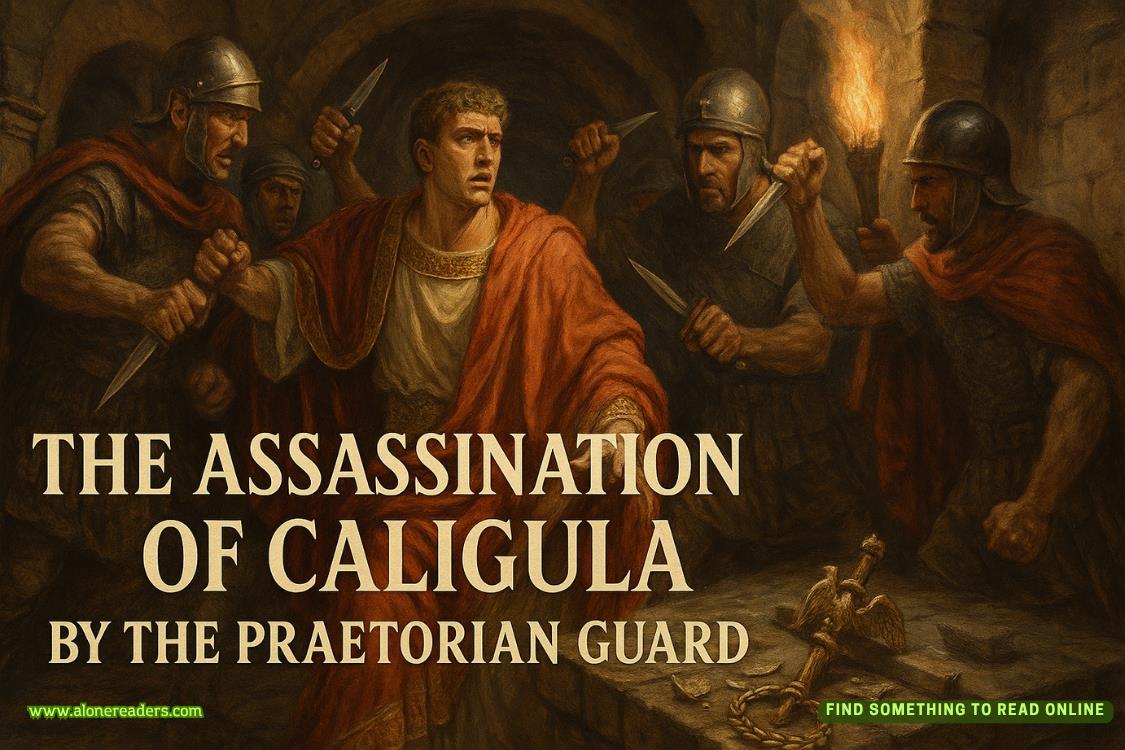Page 21 of The Cold Moon (Lincoln Rhyme 7)
"Maybe he's planning to kill somebody with it," Pulaski suggested, as he waited on hold.
Rhyme shook his head. "Not likely. It's not easy to administer and you need a high dosage for humans. But it could lead us to him. Find out if there've been any recent confiscations or environmental agency complaints in the city."
Cooper made the calls.
"Let's look at the duct tape," Rhyme instructed.
The tech examined the rectangles of shiny gray tape, which had been used to bind the victim's hands and feet and gag him. He announced that the tape was generic, sold in thousands of home improvement, drug and grocery stores around the country. Testing the adhesive on the tape revealed very little trace, just a few grains of snow-removal salt, which matched samples Sachs had taken from the general area, and the sand that the Watchmaker had spread to help him clean up trace.
Disappointed that the duct tape wasn't more helpful, Rhyme turned to the photos Sachs had shot of Adams's body. Then he wheeled closer to the examination table and peered at the screen. "Look at the edges of the tape."
"Interesting," Cooper said, glancing from the digital photos to the tape itself.
What had struck the men as odd was that the pieces of tape had been cut with extreme precision and applied very carefully. Usually it was just torn off the roll, sometimes ripped by the attacker's teeth (which often left DNA-laden saliva), and wrapped sloppily around the victim's hands, ankles and mouth. But the strips used by the Watchmaker were perfectly cut with a sharp object. The lengths were identical.
Ron Pulaski hung up, then announced, "They don't use needle-eye spans on the work they're doing now on the bridge."
Well, Rhyme hadn't expected easy answers.
"And the rope he was holding on to?"
Cooper looked it over, examined some databases. He shook his head. "Generic."
Rhyme nodded at several whiteboards that stood empty in the corner of the lab. "Start our charts. You, Ron, you have good handwriting?"
"It's good enough."
"That's all we need. Write."
When running cases Rhyme kept charts of all the evidence they found. They were like crystal balls to him; he'd stare at the words and photos and diagrams to try to understand who the perp m
ight be, where he was hiding, where he was going to strike next. Gazing at his evidence boards was the closest Lincoln Rhyme ever came to meditating.
"We'll use his name as the heading, since he was so courteous to let us know what he wants to be called."
As Pulaski wrote what Rhyme dictated, Cooper picked up a tube containing a tiny sample of what seemed to be soil. He looked it over through the microscope, starting on 4x power (the number-one rule with optical scopes is to start low; if you go right to higher magnifications you'll end up looking at artistically interesting but forensically useless abstract images).
"Looks like your basic soil. I'll see what else's in it." He prepared a sample for the chromatograph/mass spectrometer, a large instrument that separates and identifies substances in trace evidence.
When the results were ready Cooper looked over the computer screen and announced, "Okay, we've got some oils, nitrogen, urea, chloride . . . and protein. Let me run the profile." A moment later his computer filled with additional information. "Fish protein."
"So maybe the perp works in a fish restaurant," Pulaski said enthusiastically. "Or a fish stand in Chinatown. Or, wait, maybe the fish counter at a grocery store."
Rhyme asked, "Ron, you ever hear a public speaker say, 'Before I begin, I'd like to say something'?"
"Uhm. I think."
"Which is a little odd, because if he's talking he's already begun, right?"
Pulaski lifted an eyebrow.
"My point is that in analyzing the evidence you do something before you start."
"Which is what?"
"Find out where the evidence came from. Now, where did Sachs collect the fish protein dirt?"
He looked at the tag. "Oh."















